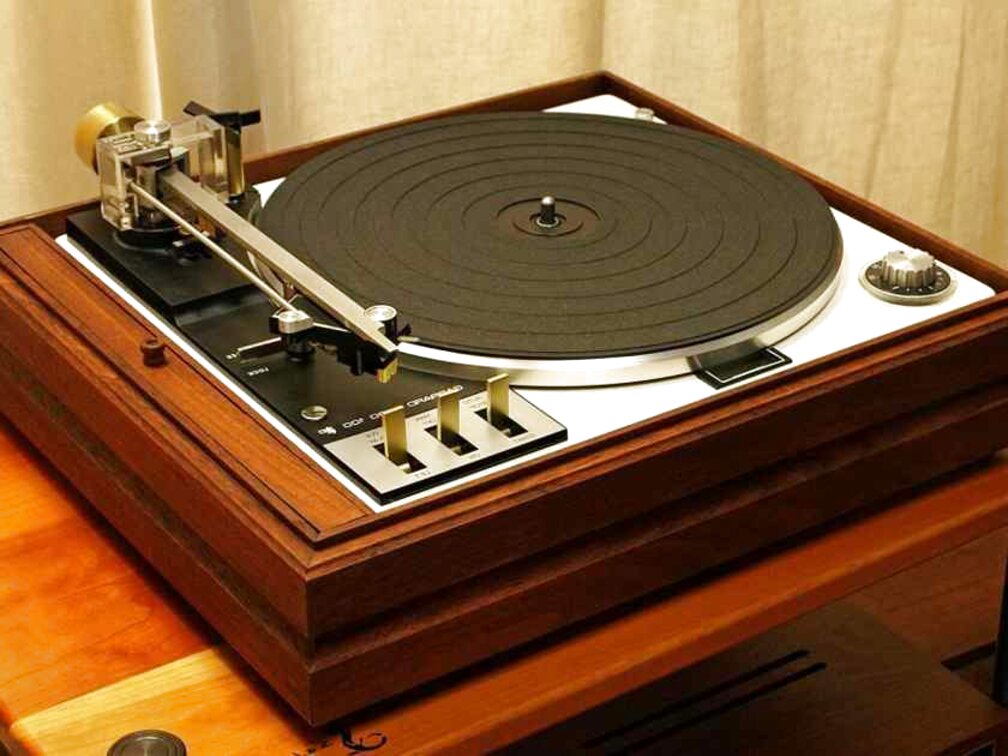
of 7 runs, 10 loops each)ģ9.1 ms ± 556 µs per loop (mean ± std. of 7 runs, 10000 loops each)ģ8.7 ms ± 151 µs per loop (mean ± std. of 7 runs, 10000 loops each)ġ13 µs ± 391 ns per loop (mean ± std. of 7 runs, 10000 loops each)ĥ3 µs ± 645 ns per loop (mean ± std. Pd.Series(range(n, 2 * n), name="float2", dtype=float), Pd.Series(range(n, 2 * n), name="int2", dtype=int), Pd.Series(range(n), name="float", dtype=float), Pd.Series(range(n), name="int", dtype=int), Timing comparisons Setup import pandas as pd However, the cost of zeroing a non-numeric column is substantial, so if you're not sure whether your DataFrame is entirely numeric, you should probably include the issubdtype check. If np.issubdtype(df.dtype, np.number):įor small DataFrames, the subtype check is somewhat costly. This is probably what you want if you have a mixed dtype DataFrame, but of course it's not necessary if your DataFrame is already entirely numeric. You can also use np.issubdtype to only zero out numeric columns. I doubt any other method will be faster than this, as this allocates no additional storage and doesn't pass through pandas's dtype handling. This directly writes to the underlying numpy array of each column.

Since the offset angle for all our tonearms are lower than with normal tonearms, we do preset the compensation and it’s not adjustable for the client.The absolute fastest way, which also preserves dtypes, is the following: for col in df.columns: Therefore, even if the Thales-tonearms do track tangentially, their offset angle requiers compensation of the skating force. It depends – first of all – on the music signal, further on the tracking weight, the circumferential speed and the tonearm and diamond geometry. The value of the skating force is not easily determined. Because the pivot point is not located on the tangent, this force is divided into Fa which acts in the direction of the pivot point and Fs which is the skating force. The force Ft results from the friction between the record and the tracking diamond. The portfolio is completed by our own phono- and line-cables. Therefore, we invest into research and development constantly and we realized tangential pivoted tonearms with more complex mathematical background allowing more elegant mechanical execution.īased on the experience that a turntable with its tonearm should be designed as one single unit, we have developed our own turntable-line which meets highest requirements. Our philosophy is not only to find theoretical perfect solutions but also to realize them the most precise way and achieve continuous improvement in order to set new standards in music reproduction. A new patent was added to the dozens of existing patents that testify to this dream: CH 694567 Tangential Pivoted Tonearm, announced in May 2004. The long-cherished dream of geometrically correct tracking with low friction pivoted bearings became reality. After much thought and calculations, a three-dimensional mechanical solution emerged that satisfies all the requirements placed on a modern pick-up system.

The solution method is based on the well-known elementary school aid to construct a tangent: the Thales' circle. It all began when Micha Huber sought for a way to combine the advantages of a conventional pivoted tonearm and those of a linear tangential pick-up arm. Some non-Kuzma suspended turntables could not bare the >2kg mass of the original 4point, this new tonearm fixes all that whilst keeping the bearing design, performance and ease of adjustability of the 4 Point! The new Kuzma 4 Point 9 Inch, weighs in at less than half the total mass of the original, and an effective mass of 13g. The removal of the seperate VTA tower has allowed Kuzma to keep weight to a minimum and in turn, opens up more installation options, that were previously not possible for the original 11" 4point. Munich High End 2017 - Kuzma Analogue have now come forward with a revisited 4 Point design comprising all the terrific bearing innovation, and many of the design features of the original 4 Point tonearm but in a slimmed down build and 9 inch(229mm) effective length.
#Value of garrard zero 100 update#
Last years introduction of the 4 Point 14 inch was very exciting, and made sense for those turntables with the ability to accomodate such an arm. The reduced tracking error of a longer tonearm, and whatever other magic Franc Kuzma injected into it, has seen many update their existing 4 Point tonearm.


 0 kommentar(er)
0 kommentar(er)
